Deng Xiaoping said: "Science and technology are the primary productive forces." It is true that "social development depends on science and technology, and scientific and technological progress depends on innovation." The development of LED lighting field also needs to seek breakthroughs, keep moving forward, and cannot rest on its laurels. This week will come to an end, August has arrived. Looking back on the past few days, the good news of breakthroughs in new technologies at home and abroad has been frequent, so today Xiaobian decided to introduce one by one for everyone, and feel the new moon. Technological progress.
First, ultra-fast LED lighting equipment
Researchers at Duke University in the United States have recently developed an LED illuminating device that can open and close 90 billion times in one second, which can be used as the basis for the application of optical computing technology.
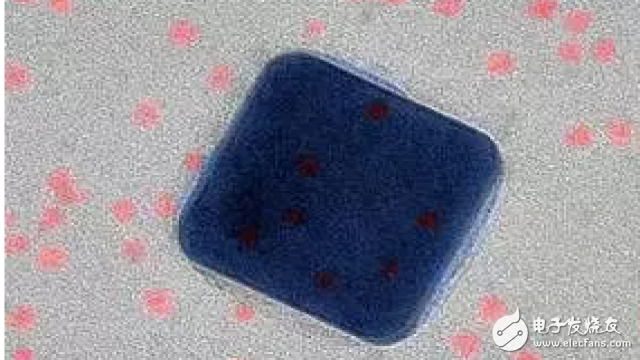
Nowadays, every day, you can’t leave your smartphone, you need to charge every day, but not many people know that a small battery has billions of transistors inside, and uses billions of electrons per second. Power is supplied. Recently, researchers at Duke University in the United States have developed an LED illuminating device that can open and close 90 billion times in one second, which can be used as the basis for the application of optical computing technology. Next, as long as researchers continue to work hard to develop a light source that can be quickly turned on and off, allowing the microchip to use photons instead of electrons to process and transmit data, the speed of the computer can be greatly improved. According to reports, although the laser can meet this requirement, it is not suitable for working inside the computer due to the problem of excessive energy consumption and excessive volume of the launching device. Now, the fast-lighting device developed by Duke University indicates that researchers are one step closer to making a light source suitable for optical computers. Although the revolution has not yet succeeded, it is a step closer to success, and it is really gratifying.
Second, the phosphoenene luminescent material
Scientists at the Australian National University have recently discovered luminescence properties in the study of thin layers of phosphorous, which is expected to open a line of light for ultra-thin and ultra-light solar (PV) cells and light-emitting diode (LED) applications.
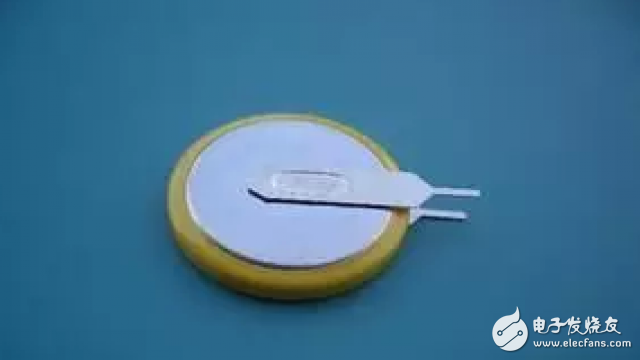
Compared with the graphene that fired a while ago, the name "phosphorene" may be a bit strange. Compared with graphene, phosphoenene is a silicon-like semiconductor. As we all know, silicon is the foundation of current electronic technology. The phosphonene created by the team of scientists this time is the same as the discovery of graphene to win the Nobel Prize in Physics, which uses tape to re-peel the thinner crystal layer in the black crystalline form of phosphorus. According to the researchers, because the surface state of phosphoenene can be minimized, it is different from silicon in which the surface state is heavy and cannot be used in a thin state. Phosphenes perform better in silicon than in silicon. In addition to creating semiconductors that are lighter and thinner than silicon, phosphonene also has luminescent properties and laminates of varying thicknesses for more flexible manufacturing. Since phosphene is both light and thin, it creates opportunities for many interesting devices, such as LEDs or solar cells, which exhibit very promising luminescent properties.
Third, the laser can emit white light
For the first time, American scientists have developed a laser that emits white light. Researchers say white lasers are brighter and more energy efficient than light-emitting diodes (LEDs) and will play an important role in lighting and wireless communications in the future.
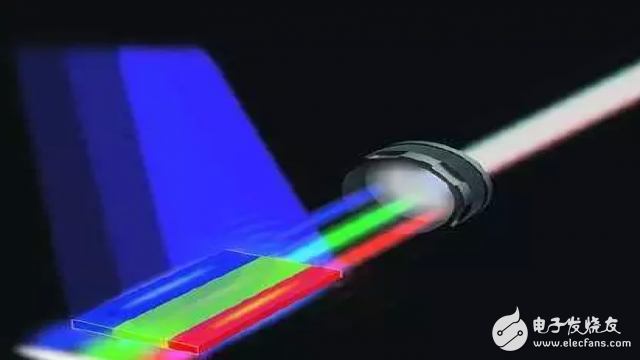
A wide range of lasers have been used in many fields, and there has always been a short board: only a single wavelength of light can be emitted. In order to solve this problem, a laser capable of emitting white light appeared. A research team at Arizona State University recently developed a novel nanosheet. This slender semiconductor is only one-fifth the size of the hair, and is only one-thousandth the thickness of the hair. It has three parallel parts, each of which emits a laser of one of red, blue and green. . When the three primary colors "meet", a white laser appears. This latest research has made laser replacement LED a mainstream light source and has taken a step forward. Another important application of the research, or will include the field of visible light communication (LiFi), looking to the future, indoor lighting systems or also for communication. The currently popular "WiFi" uses radio waves, and the speed of LiFi can reach 10 times that of WiFi. However, Qianzhong has a strong middle hand, a mountain and a mountain high. It is said that the speed of white laser WiFi may be 10 to 100 times that of LED-based LiFi. Unfortunately, the application of this white-emitting laser to real-life lighting or display systems has significant obstacles to await. Still the sentence, "revolution..."
Fourth, the tintable graphene LED
Tsinghua University has recently produced a tunable graphene LED, which breaks through the color synthesis of existing display devices and is expected to revolutionize display screens, lighting fixtures and communication technologies.
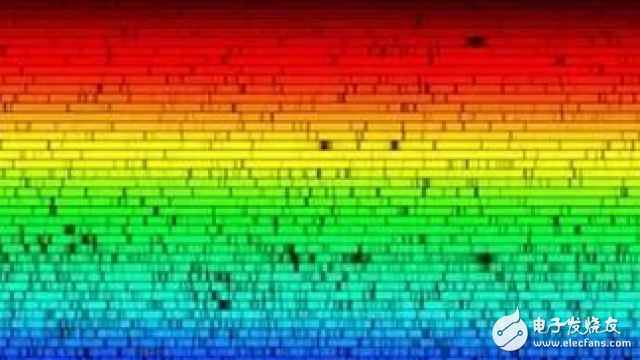
The above mentioned so many foreign scientific and technological researchers, domestic scientists can not be fuel-efficient lamps. It is understood that the color and wavelength of the light-emitting diodes (LEDs) are determined by the luminescent material. Once the preparation is completed, the two properties are determined. At present, the idea of ​​using one LED to change the color of the light is difficult to achieve. Recently, Tsinghua University research team has produced new luminescent materials from two different forms of graphene. For the first time in graphene-based luminescence systems, it has been proved that only one LED can be used to adjust different colors of light. The gradable graphene LED developed by the research team covers all the colors of the entire visible spectrum except dark blue and violet. It is also reported that this new type of LED breaks through the color synthesis of existing display devices and is expected to have a revolutionary impact on displays, lighting fixtures and communication technologies. Since the color of light varies with specific chemicals, such devices may also be used to make special sensors. It is no wonder that the experts highly praised this: "This work is expected to open up new research directions in the field of light-emitting devices." "This work is exciting and influential."
Fifth, the world's strongest laser equipment
Scientists at Osaka University in Japan said that the "fast-ignition laser (LFEX)" can produce a 2 mega-watt laser beam, which is the laser beam that can now emit the world's strongest energy.
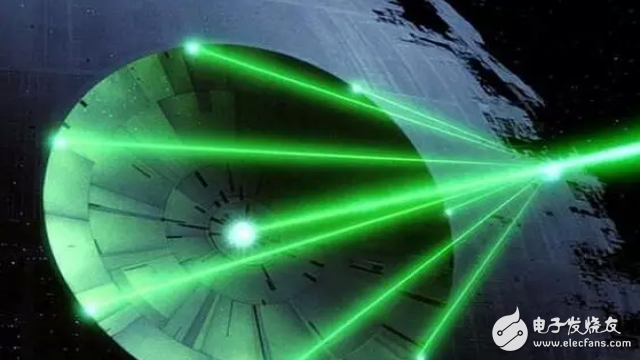
"Star Wars 7 · The Force Awakens" is about to make a comeback. Friends who are familiar with this series of sci-fi movies will be exposed to age. In any case, the "Star Wars fans" must also be impressed by the "Dead Star Weapons". Recently, the "Fast Ignition Laser (LFEX)" used by researchers at Osaka University in Japan has been able to generate a 2 megawatt laser beam, which is said to be a laser beam that is very similar to the "dead star weapon" in science fiction movies. The researchers made high-energy outputs from low-energy devices, emitting laser beams through only 1 picosecond (one trillionth of a second). In order to amplify the laser beam power, the energy will be applied to the glass panel of a 100 meter long LFEX device for stepwise amplification. It is understood that the 50,000 watt laser beam can shoot down drones 1.6 kilometers away. Before that, only the 1 million megawatt laser was manufactured by the University of Texas, and the latest laser equipment from Osaka University in Japan was able to manufacture 2 megawatts of laser. The research team also said that laser equipment will be manufactured in the future. Wa laser. LFEX laser equipment is currently mainly scientific research value, and has not yet been put into practical use.
Led Module,Module Led,Module Light,Led Module Light
ShenZhen Megagem Tech Co.,Ltd , https://www.megleddisplay.com
